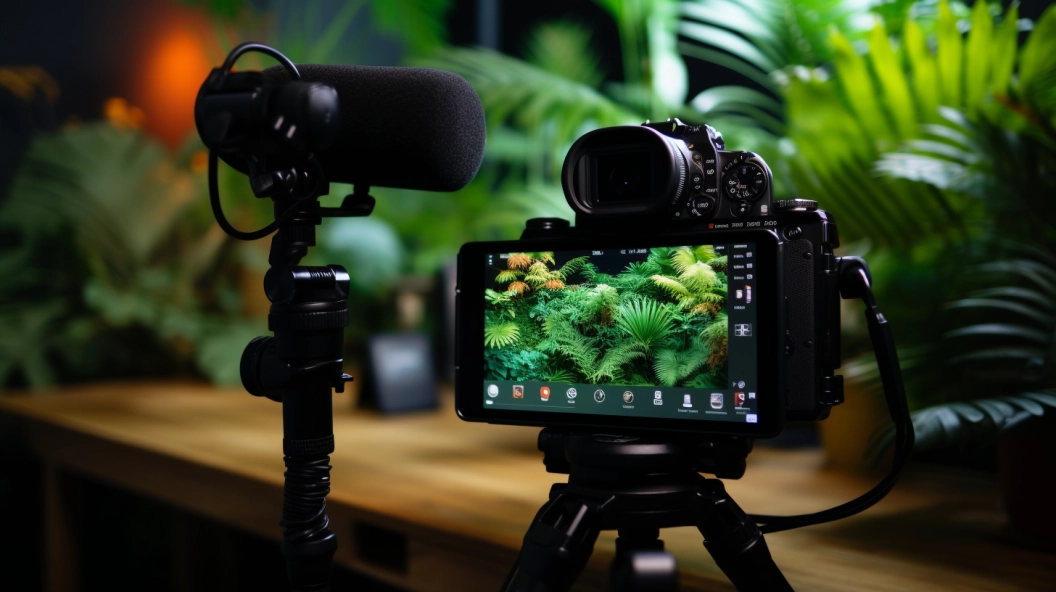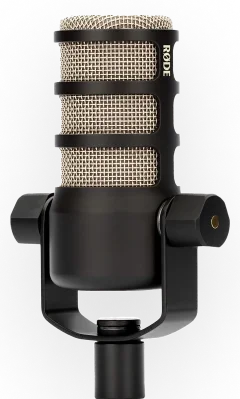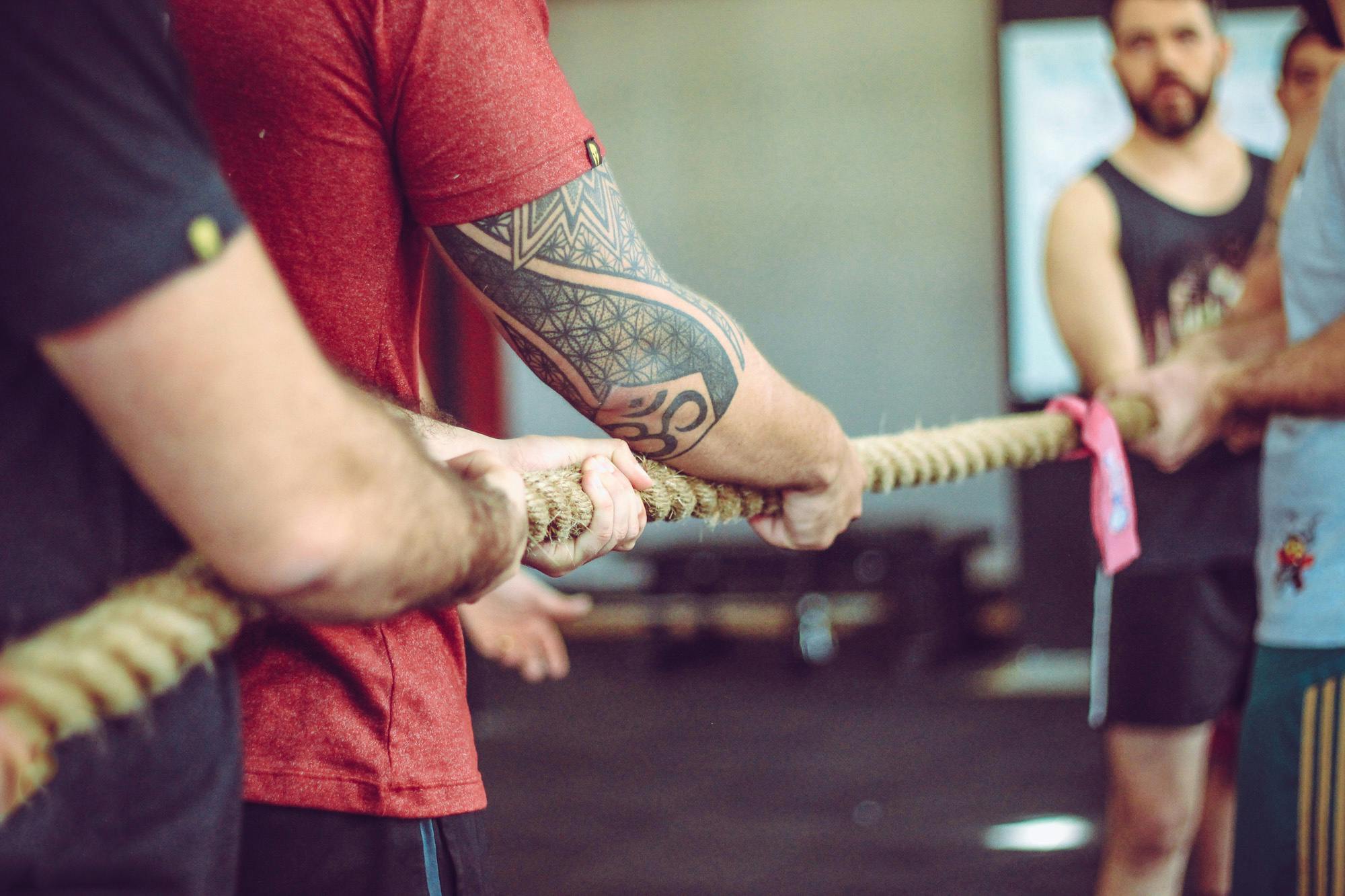This week on the product deepdive: CoHost’s Fatima Zaidi walks Bryan Barletta through the CoHost dashboard, demonstrating how it alleviates common podcast advertising pain points. From a bird’s-eye view to focused data from individual tracking links, CoHost aims to provide growth-focused features built with brands and advertisers in mind.
In two weeks, Sounds Profitable will release our last major study of 2023, Sound You Can See: Podcasting’s Video Dilemma. We used the word “dilemma” very deliberately, because the decision to put your podcast on YouTube (and let’s face it, we are talking about YouTube) is a tough choice for many podcasters, especially those who monetize through advertising.
The report will feature some genuinely surprising, never-before-uncovered facts about why, when, and where people choose to watch podcasts. One inescapable conclusion for me is that many podcasters are thinking about the potential audience for video podcasts in an entirely unhelpful manner, and that we should respect and celebrate our video audience – they could potentially be our most loyal allies.
Part of understanding that is the fact that almost no one is video-only when it comes to podcast consumption. Most podcast consumers who use YouTube or other video platforms for podcasts also use audio-only platforms, and do so in a fairly logical pattern. I will get into those patterns in our webinar in a couple of weeks, but I thought I would share something even more basic: a core truth about the video podcast audience that makes them worth courting.
Sound You Can See is a survey of over 1,000 podcast listeners who told us that they watched at least one video podcast in the last month. Some of these respondents were video primaries (consume more video than audio podcasts), but most were audio primaries (and indeed, audio edged out the video in terms of the overall time split). I knew this was going to be a fascinating study right from one of the very first, basic questions: when was the last time you consumed a podcast? Here’s what those who watched at least one video podcast in the last month told us:
- Today: 36%
- Yesterday: 27%
- In the last week or seven days: 28%
- In the past two weeks: 6%
- In the past three weeks: 3%
- More than three weeks ago: 1%
Now, this is the kind of basic, currency question that is easy to gloss over. But add up the percentage that consumed any kind of podcast within the last week, and you get a skosh over 90% (thanks to rounding). Is that good, bad, or just information? Well, according to the most recent Infinite Dial study, there are an estimated 120 million monthly podcast consumers in America, and 89 million of those are weekly users. That means 74% of monthly podcast consumers in general convert to more frequent usage. Among those who watched at least one video podcast in the last month, however, that number is much higher – the aforementioned 90%.
Now, this is a kind of chicken-and-egg question: does adding video to the equation make people more likely to convert to weekly, or are those who are already weekly consumers more likely to use video? To some extent, I am not sure it matters as far as audience growth goes, but let’s entertain the question. I think it is popular to assume that the YouTube audience for podcasts, for example, are more casual consumers of the medium. This view holds that the video consumer, leaning back and letting the platform feed their eyeballs, is more likely to passively trip across podcasts, even if they weren’t deliberately seeking them out.
If you hold to this belief, then having a presence on YouTube is a lot like setting your gym clothes out the night before your morning workout – it’s what my friend Chris Brogan would call “putting success in your way.” You are a lot more likely to go to the gym in the morning if you have done all of the things you can do the night before so that you practically have to trip over your Lululemons to get to the kitchen. Putting success in your way as a creator, then, means getting your content on YouTube if that is a way to increase the odds that people will serendipitously encounter your show on their way to something else.
This, to me, is the least charitable way to view the YouTube consumer: a goldfish, darting around for whatever flakes it can find. Still, if this is the way you perceive this audience, then creating a video asset to take advantage of it seems like putting success in your way. But I ask you to entertain a different model of the YouTube podcast viewer: what if these consumers are less passive than you think? What if their choices about where and when to consume podcasts on audio or video reveal this audience to be far more deliberate, and far more valuable to podcasting than you think? What if, in fact, these listeners were our most passionate, committed listeners – especially when they are consuming a show via video?
This is more than a thought experiment. It’s an intriguing reframe of a vital component of the podcasting audience that I suggest might be a healthier way to envision “putting success in our way.” When you reframe this audience in that way, and think about the choices you can make to court and retain this portion of your overall audience, I bet you’d do a few things differently.
Ultimately, how you see this audience – as goldfish, or as our best customers – will frame how you think about video in general and YouTube specifically. After combing through the data for Sound You Can See, I’ve definitely had a rethink about all of this, and I hope you’ll join me in two weeks as we unveil all of the data behind this vital work. I hope to see you there!















































































































































































































